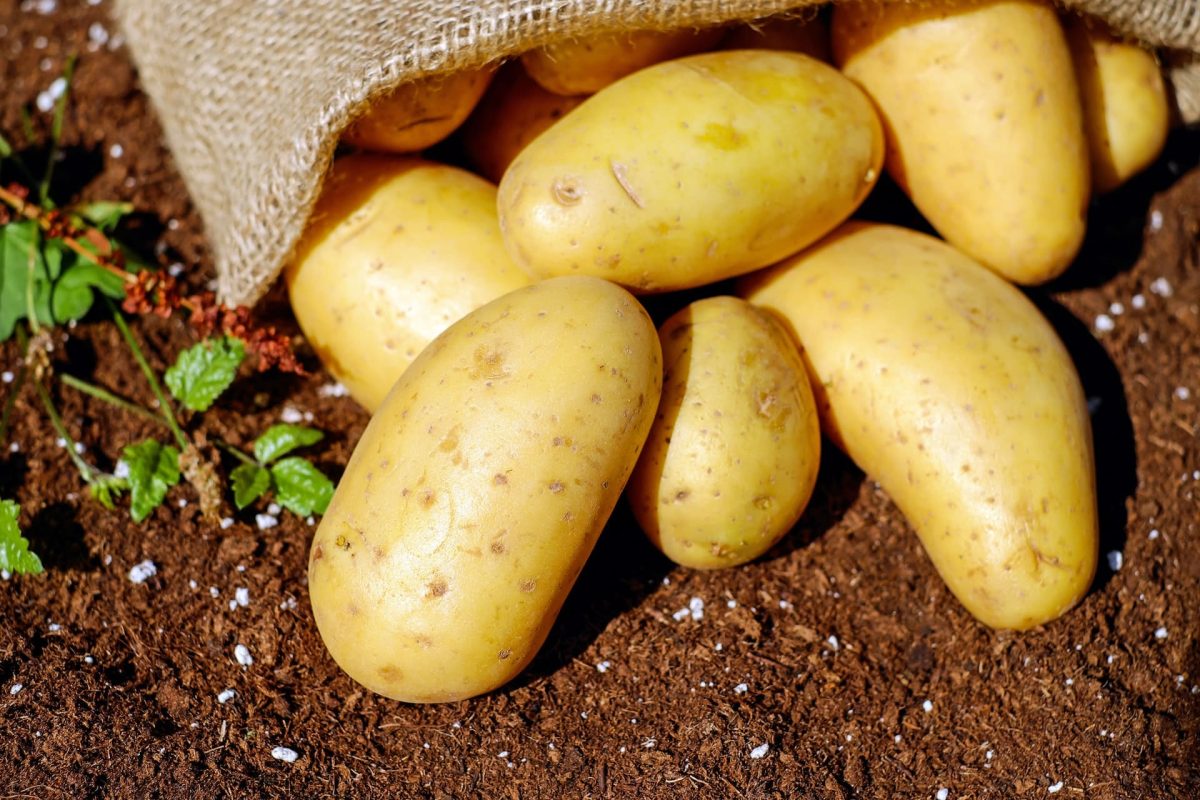YETRAC
Optimal Potato Fertilization Techniques: A Complete Guide for Healthy Growth and High Yields
Optimal Potato Fertilization Techniques: A Complete Guide for Healthy Growth and High Yields
Introduction
Potato plants require proper fertilization to ensure healthy growth and achieve high yields. In this comprehensive guide, we will outline the step-by-step process of fertilizing potato plants to help you maximize their potential. From soil analysis to selecting the right fertilizers and application methods, we will cover everything you need to know for successful potato fertilization.
Soil Analysis
Before starting the fertilization process, conducting a soil analysis is crucial. Soil analysis helps determine the soil pH level, nutrient deficiencies, and other soil characteristics. Based on the analysis results, you can identify the specific nutrients required by your potato plants.
Fertilizer Selection
For potato plants, it is generally recommended to use a balanced fertilizer that contains essential nutrients like nitrogen (N), phosphorus (P), and potassium (K) in balanced proportions. A fertilizer with an NPK ratio of 10-10-10 or 14-14-14 is commonly suitable for potatoes. However, it is important to select a fertilizer that meets the specific nutrient requirements identified in the soil analysis.
Timing of Application
The optimal timing for potato fertilization is typically before planting and throughout the growing season. You can apply the fertilizer by incorporating it into the soil before planting or by top-dressing along the plant rows as the plants grow.
Dosage and Application
The fertilizer dosage should be determined based on the soil analysis results and the recommendations provided by the fertilizer manufacturer. Generally, it is advised to use around 100-200 grams of fertilizer per potato plant. Apply the fertilizer evenly near the root zone by broadcasting it between the plant rows or applying it as a side dressing.
Irrigation
After fertilization, regular and appropriate irrigation is essential for potato plants. Water facilitates the effective mixing of fertilizer with the soil and aids in nutrient uptake by the plants. Ensure that you provide regular watering to meet the water requirements of potato plants and prevent drought stress.
Regular Fertilization
Potato plants often require regular fertilization throughout their growth stages. This allows them to continuously access the necessary nutrients. Adjust the fertilization schedule according to different growth stages and soil conditions. Monitor the plant’s response to fertilization and make any necessary adjustments.
Leaf Fertilization
Leaf fertilization can serve as an additional nutrient source for potato plants. Leaf fertilizers contain microelements that facilitate nutrient absorption through the leaves. You can apply leaf fertilizers by spraying them directly onto the leaves or adding them to the irrigation water. However, consider leaf fertilization as a supplementary method rather than a primary fertilization approach.
Considerations
When fertilizing potatoes, it is important to exercise caution. Follow the dosage instructions and recommendations provided by the fertilizer manufacturer. Avoid excessive fertilizer use, as it can lead to burning or nutrient buildup in the plants. Ensure proper distribution of the fertilizer and aim for uniform coverage around the root zone. When conducting leaf fertilization, avoid application during sunny or hot hours of the day.
Disease and Pest Management
During the fertilization process, it is essential to protect potato plants from diseases and pests. Regularly monitor the plants for any signs of disease or pest infestations and take appropriate measures. This ensures healthy growth and a productive harvest.
Regular Maintenance and Monitoring
Fertilizing potatoes is just one aspect of their overall care. Regularly monitor the plants, remove weeds, and perform other necessary agricultural practices. This includes providing adequate support as the plants grow.
Conclusion
Proper fertilization is crucial for the healthy growth and high yields of potato plants. By following the steps outlined in this guide, you can effectively fertilize your potato plants and achieve a successful harvest. Remember to conduct a soil analysis, select the appropriate fertilizer, time the applications correctly, apply the fertilizer in the right dosage and manner, and provide regular irrigation. Additionally, consider leaf fertilization as a supplementary method and prioritize disease and pest management. By consistently monitoring and maintaining your potato plants, you’ll be on your way to a bountiful crop of healthy and flavorful potatoes. Happy growing!

